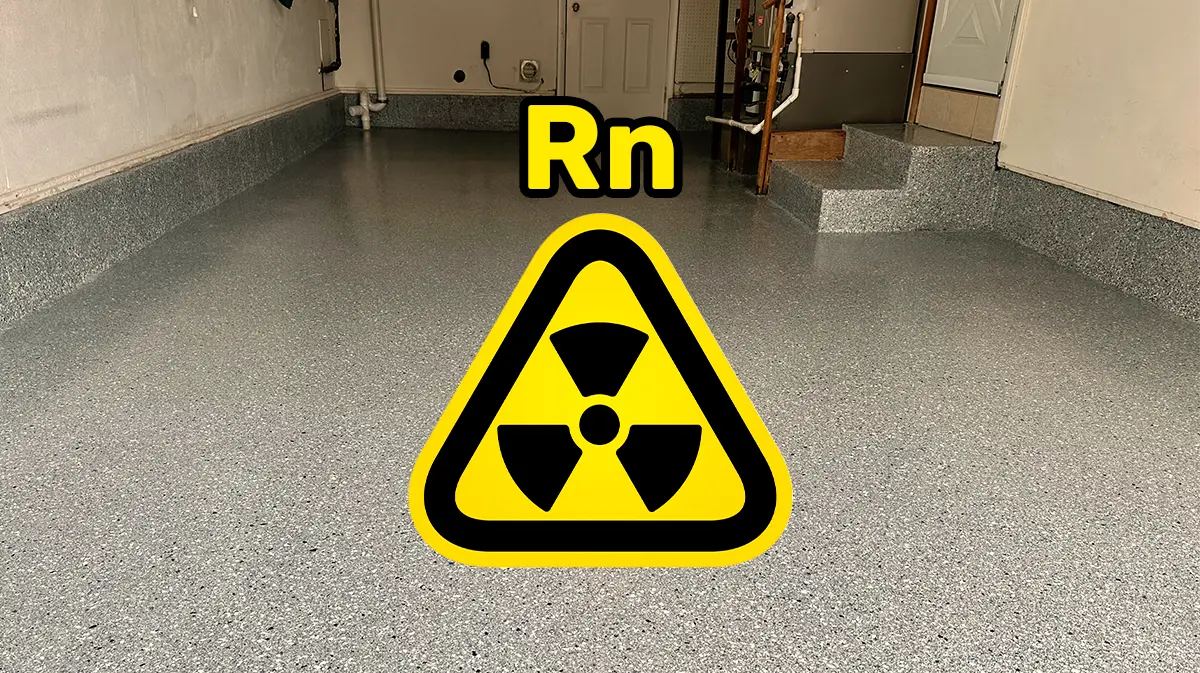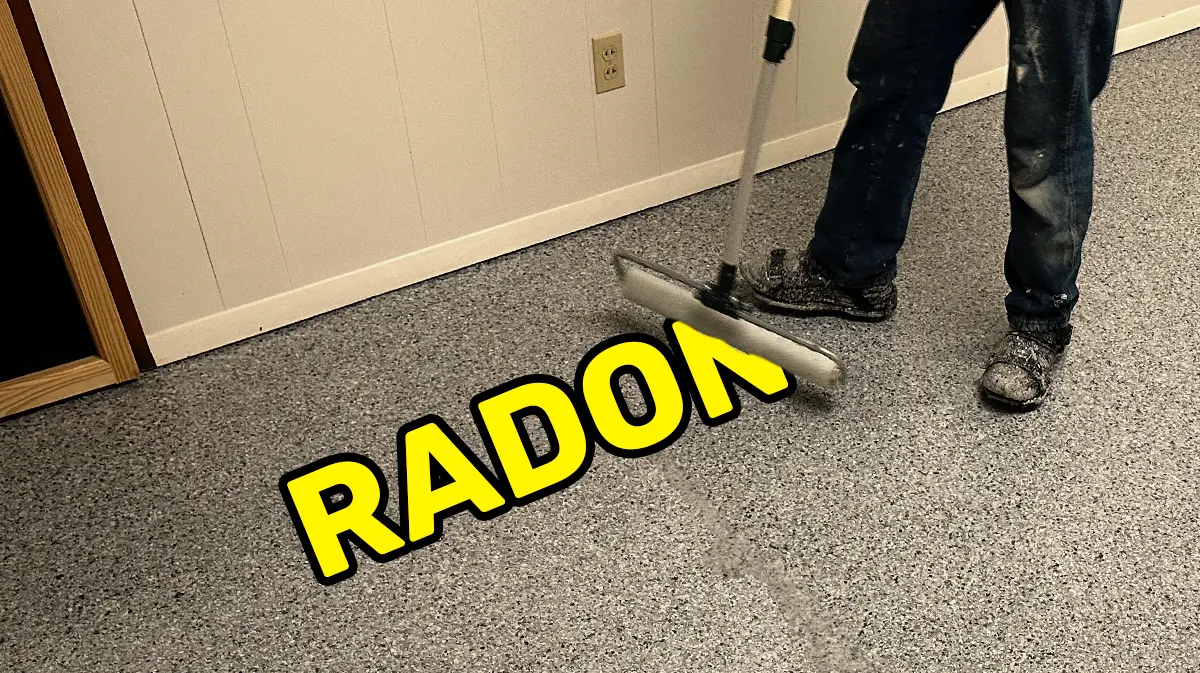Combatting Radon: Understanding Radon Risks in New York
If you’ve been following local health advisories, you might already be aware that combatting radon is a serious concern in New York. This invisible, odorless gas is naturally found in the soil and can seep into homes through cracks in the foundation. Once inside, radon can accumulate to levels that pose significant health risks, particularly as it’s the second leading cause of lung cancer in the United States (according to the CDC). Given New York’s unique geological makeup, certain areas are more prone to higher radon levels, making it crucial for residents to take action in combatting radon.
Combatting Radon: Why Radon is a Critical Issue
Radon is a radioactive gas that originates from the natural decay of uranium found in soil, rock, and water. It can infiltrate homes through even the smallest cracks and openings. Once it’s inside, radon can accumulate to hazardous levels, regardless of how well-sealed the house may be. Continuous exposure to elevated radon levels has been strongly associated with a higher risk of developing lung cancer, making it crucial for New Yorkers to conduct radon testing in their homes and, if necessary, implement effective mitigation strategies.

Combatting Radon: How Radon Enters Your Home and What to Do About It
New York homes, particularly those in areas known for higher radon levels, can act like vacuums, pulling radon gas from the surrounding soil into basements and living spaces. The lower air pressure inside your home compared to the soil outside causes radon to be sucked into the building through cracks in the foundation, gaps around pipes, or even through the concrete itself.
Here’s how you can protect your home:
- Testing for Radon: It all starts with testing. Radon test kits are available at hardware stores and online, allowing you to measure the radon levels in your home. Given that radon is undetectable by human senses, testing is the only way to know if your home is affected.
- Mitigation Systems: If high levels are detected, it’s critical to install a radon mitigation system. These systems work by altering the pressure difference between your home and the soil, effectively preventing radon from entering. They typically include a vent pipe system and fan that pulls radon from beneath the house and expels it outside, away from windows and other openings.
- Epoxy Floor Coatings as a Barrier: Another effective strategy is sealing your basement floors with epoxy coatings. These coatings not only add a layer of durability and aesthetic appeal to your floors but also create a barrier that helps prevent radon gas from seeping through the concrete. This dual benefit makes epoxy coatings a smart choice for New York homeowners looking to enhance both safety and style.
Addressing Moisture Issues in New York Homes
In addition to radon, moisture is another significant issue for New York homeowners, especially in basements and lower levels of the home. The state’s varied climate, combined with older homes that may have less effective moisture barriers, can lead to damp, musty basements. Over time, this moisture can cause a range of problems, from unpleasant odors to structural damage.
How Moisture Affects Your Home
Excess moisture in your basement or other concrete surfaces can lead to several issues:
- Efflorescence: This white, powdery substance is a common sign of moisture problems. It appears when water moves through concrete, bringing salts to the surface.
- Mold and Mildew: Persistent dampness creates an ideal environment for mold and mildew growth, which can pose serious health risks and cause damage to your property.
- Compromised Structural Integrity: Over time, moisture can weaken concrete, leading to cracks and other structural issues that can be costly to repair.
Moisture Mitigation Solutions
- Epoxy Coatings for Moisture Control: One of the most effective ways to address moisture issues is by applying an epoxy coating to your concrete floors. This not only seals the surface, preventing moisture from penetrating the concrete but also adds a layer of protection that enhances the floor’s durability and appearance.
- Proper Ventilation: Increasing ventilation in areas prone to moisture, such as basements and storage rooms, can help reduce humidity levels and prevent the buildup of dampness.
- Professional Inspection: If you’re experiencing persistent moisture problems, it may be wise to consult a professional who can assess your home’s foundation and recommend the best course of action.
The Connection Between Radon, Moisture, and Indoor Air Quality
Both radon and moisture issues can severely impact the indoor air quality (IAQ) of your home. In New York, where radon levels can be high and moisture problems are common, maintaining good IAQ is essential for a healthy living environment. Poor air quality can contribute to Sick Building Syndrome (SBS), a condition where building occupants experience a range of symptoms, such as headaches, dizziness, and respiratory issues, often linked to poor ventilation, mold, and radon exposure.
Understanding Sick Building Syndrome (SBS)
SBS can make living in your own home uncomfortable and unhealthy. Symptoms might include headaches, respiratory issues, and general discomfort, often linked to time spent indoors. By addressing both radon and moisture issues, you can significantly improve your home’s air quality, creating a safer and more comfortable living environment.
Stay Safe!
By investing in professional radon mitigation systems and high-quality epoxy floor coatings, you can protect your home and your family from these hidden dangers. Combatting radon, ensuring your home remains a safe haven, may be as simple as installing an epoxy floor coating. Give us a call if you want to learn more.

